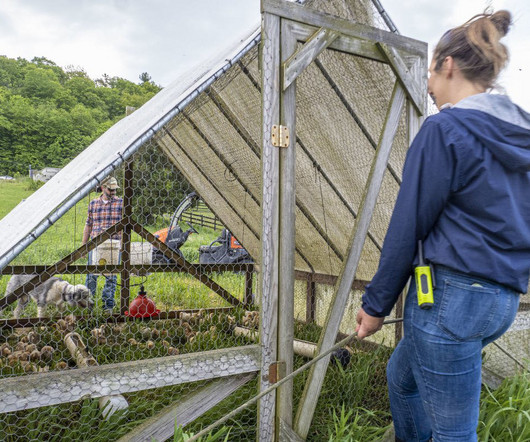In Fire-Stricken Maui, Sustainable Land Management Is Key
Modern Farmer
SEPTEMBER 7, 2023
Peppered throughout some 500 acres of charred pastureland, he found sizable patches of grass left unscathed by the blaze. The fire burned right around them,” says the 73-year old rancher and owner of Diamond B Ranch, noting the intact areas—some as big as a quarter acre. Some areas of grazed pasture on Diamond B Ranch went unburned.











Let's personalize your content